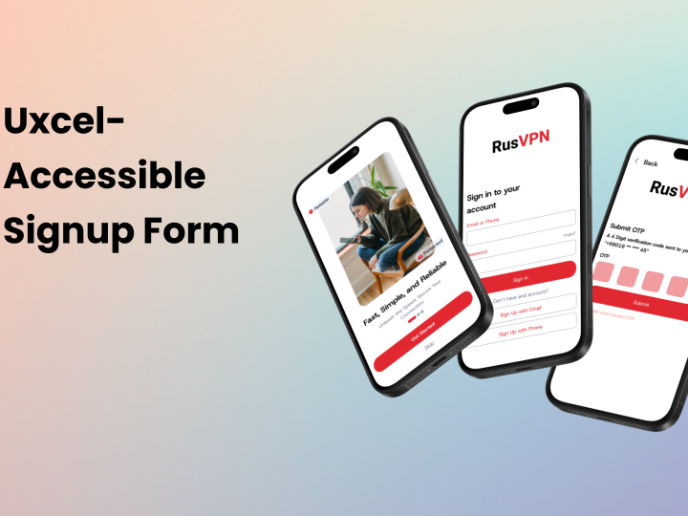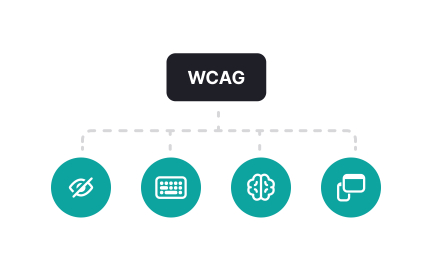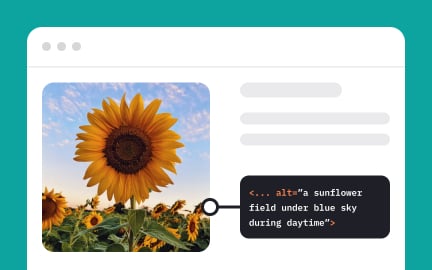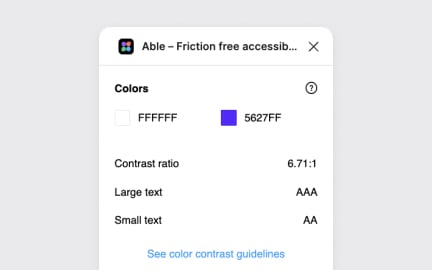Accessibility Evaluation
Accessibility evaluation checks a product against accessibility standards to find and fix usability barriers.
Accessibility evaluation is the process of reviewing a product to determine if it meets established accessibility guidelines and works well for people with disabilities. It is essential for both compliance and inclusive design.
In UX/UI, evaluations can happen at multiple stages: during wireframing, after visual design, and before release. They help identify issues like low color contrast, missing alt text, or poor keyboard navigation before they reach users.
For product managers, accessibility evaluation provides insight into the product’s readiness for launch and its compliance status. It can also influence roadmap priorities if significant accessibility gaps are found.
Evaluations use a combination of automated tools and manual checks. Automated scans quickly identify common technical issues, while manual testing uncovers usability barriers that automation might miss.
User testing with people who have disabilities is one of the most valuable forms of evaluation. It reveals practical challenges that guidelines alone may not anticipate.
Conducting evaluations regularly ensures that accessibility remains a continuous practice, not just a one-time checklist item.
You can learn more about it in our Accessibility Foundations Course, and learn to use tools in our WAVE web accessibility evaluation tool Exercise.
Key Takeaways
- Reviews products for accessibility compliance.
- Happens at multiple stages of design and development.
- Uses both automated and manual methods.
- Valuable for UX/UI teams and product managers.
- Supports ongoing accessibility improvements.
Specialists, QA testers, and sometimes external auditors.
No, manual checks are essential.
Early and often throughout the product lifecycle.
Recommended resources
Courses

Accessibility Foundations

Introduction to Design Audits

Apple Human Interface Guidelines
Lessons

Intro to Accessibility

Accessibility Tools

Tables & Lists Accessibility
Projects
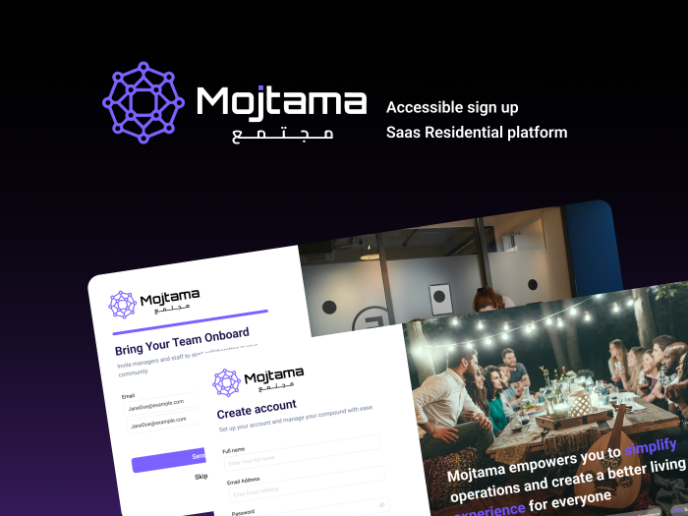
Accessible Sign-Up Flow for a Residential Management Platform
